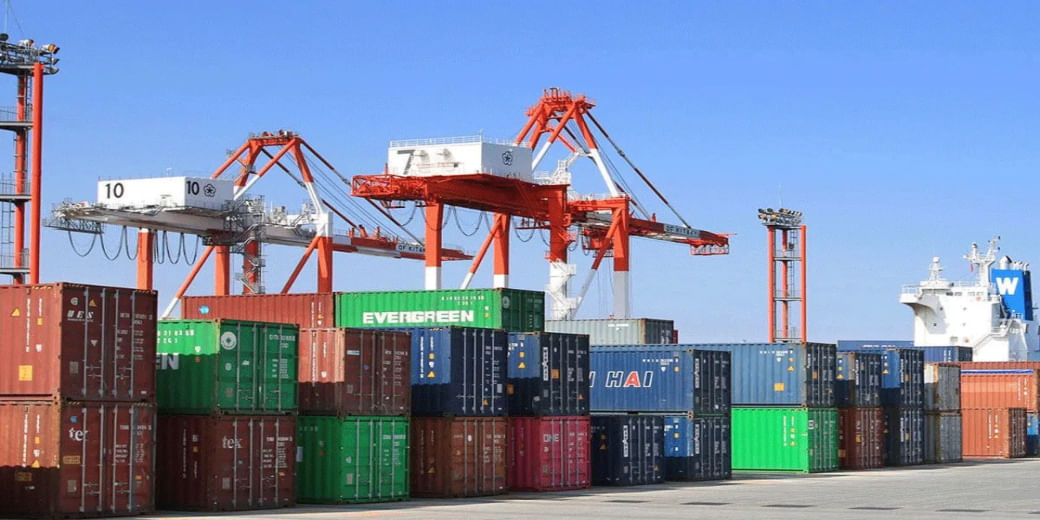Global economy is not slowing, it is cooling down
Inflation started with commodities like crude oil. This increased the prices of petrol and food items. Which in turn compelled workers to ask for higher wages as they expected inflation to shoot up.

Global economy and financial markets across the world have faced a lot in recent times. Sure world is full of uncertainties but in the last few years it has faced historical events. Covid, supply chain bottlenecks, war, inflation, stagflation, and banking collapse you name it. All this has led to a situation where we are still anticipating when will global economy start growing.
As per IMF, the global economy is expected to grow at just 2.8% in 2023 while in 2022 it grew at 3.4%. In the first quarter of 2023, US GDP grew at 1.1% (YoY) and that of the Eurozone inched up just 0.1% (YoY). India, however, is in a better situation as it is expected to grow at 5.9%. Coming to inflation, it is higher than the benchmark in various significant countries be it US, EU or India. China is an exception as its inflation has fallen below 1% in March. So the question is how do we end up here?
Well, let’s go back to the end of 2019. Even before covid, the global economy faced hurdles due to geopolitical tensions like the trade war between US-China and Brexit, also the economy in developed countries was close to potential. At the onset of 2020, it seems that things have taken a breather. However, just then, Covid was sneaking through the bush. In March it emerged in full flow and the whole world came to stand still. That was something unprecedented. There was uncertainty all around and in panic, lockdown was imposed across the world. Due to this both demand and supply got impacted. Now what happened after this was interesting.
The government in developed countries gave massive stimulus in different forms to consumers so they had money in hand, also employees in the service sector like IT were less affected due to work from home. So demand revived quickly but supply was stuck as production happened in different parts of the world and they were facing lockdown. This led to excess demand which drove inflation. While growth remained tepid, making case for stagflation.
Inflation started with commodities like crude oil. This increased the prices of petrol and food items. Which in turn compelled workers to ask for higher wages as they expected inflation to shoot up. Along with that workers were not in a hurry to go back to work as they were getting enough cash in hand from the government In the aftermath, developed countries started facing worker shortages, and gradually wage inflation entered the scene. Central banks also reduced interest rates. Hence, the money supply in the global economy shot up.
With inflation becoming serious threat in 2021-22, Central banks realised that its time to increase rates. There were questions that inflation is due to supply issues and central banks cannot control it. However, the main reason central banks raise interest rates is to anchor the inflation expectations of workers. If their expectations remain in control then they won’t ask for exhorbitantly high wages and wage inflation spiral can be prevented.
Even right now markets expect the end of the rate hike cycle is here but core inflation in developed countries is still high. In US and Europe, it is 5.6%. While the unemployment rate is still very low, close to pre-pandemic levels. In short, the economy is heated so from here if the economy slows down a bit it won’t be a slowdown it will cool down from elevated levels. Hence right now inflation is a bigger problem that central banks are focusing on for stability over the long term.